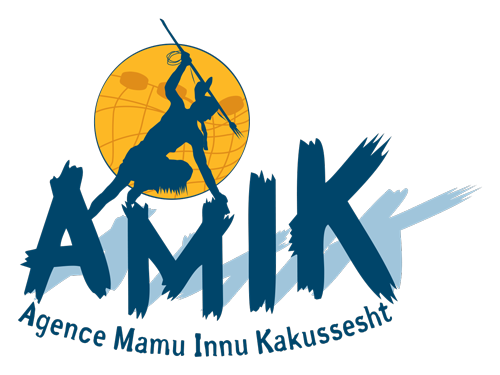Eelgrass beds are incredibly productive habitats for the marine environment and for the species that use them for shelter, food, nurseries or incubators. While many eelgrass beds are surveyed across the country, those of the North Shore are not well-known. This initiative aimed to encourage Aboriginal communities to become committed to the recovery of species at risk and their habitats, like eelgrass beds are for the Atlantic cod and the American eel.
Phase I: 2008: Community involvement in Unamen Shipu and ITUM (2 eelgrass beds monitored).
Phase II: 2009-2010: Awareness campaign and data collection on endangered species. Essipit and Ekuanitshit join the eelgrass monitoring project (4 eelgrass beds monitored in total)
Actions undertaken during the three years of the project:
- 20 Innu field assistants (three per community for each survey week) were trained in fish identification and sampling techniques
- 6 Innu student summer workers from the ITUM community followed a 6-week course on marine environments (beach clean-ups, creating awareness video clips, designing posters and doing fish inventory)
- A series of workshops on coastal biodiversity, marine species at risk and their habitats; community and Band Council meetings and panels informing the public about species at risk were installed
- 50 posters on marine species at risk
Financial Partners: Canadian Wildlife Federation, Fondation de la faune du Québec, Fondation Hydro-Québec pour l’environnement, Aboriginal Fund for Species at Risk, Mountain Equipment Co-op’s Community Grants program
Partners: Amphibia-Nature, CEGEP de Sept-Îles, Comité ZIP Côte-Nord du Golfe, Institut océanographique Maurice-Lamontagne, Fisheries and Oceans Canada, Réseau d’observation de Mammifères marins, Mingan Archipelago National Park Reserve
Project Managers: Soazig Le Breton, Maude Alexandrée St-Denis Montfils and Véronique Nadeau
